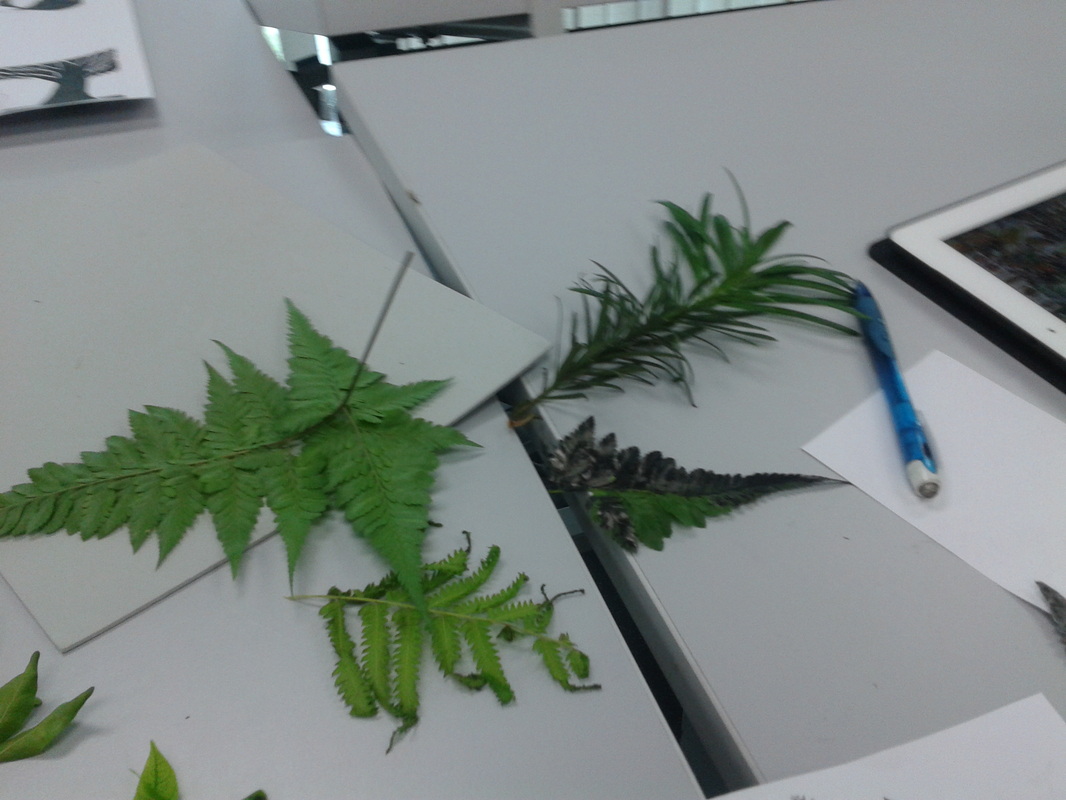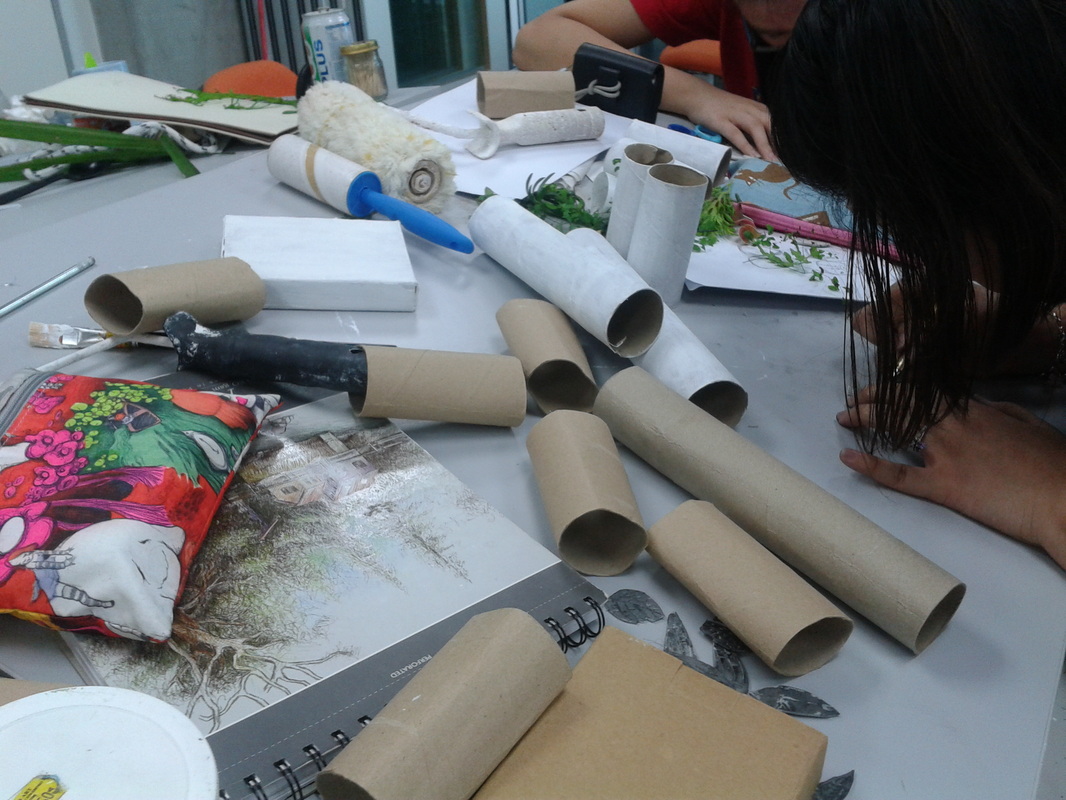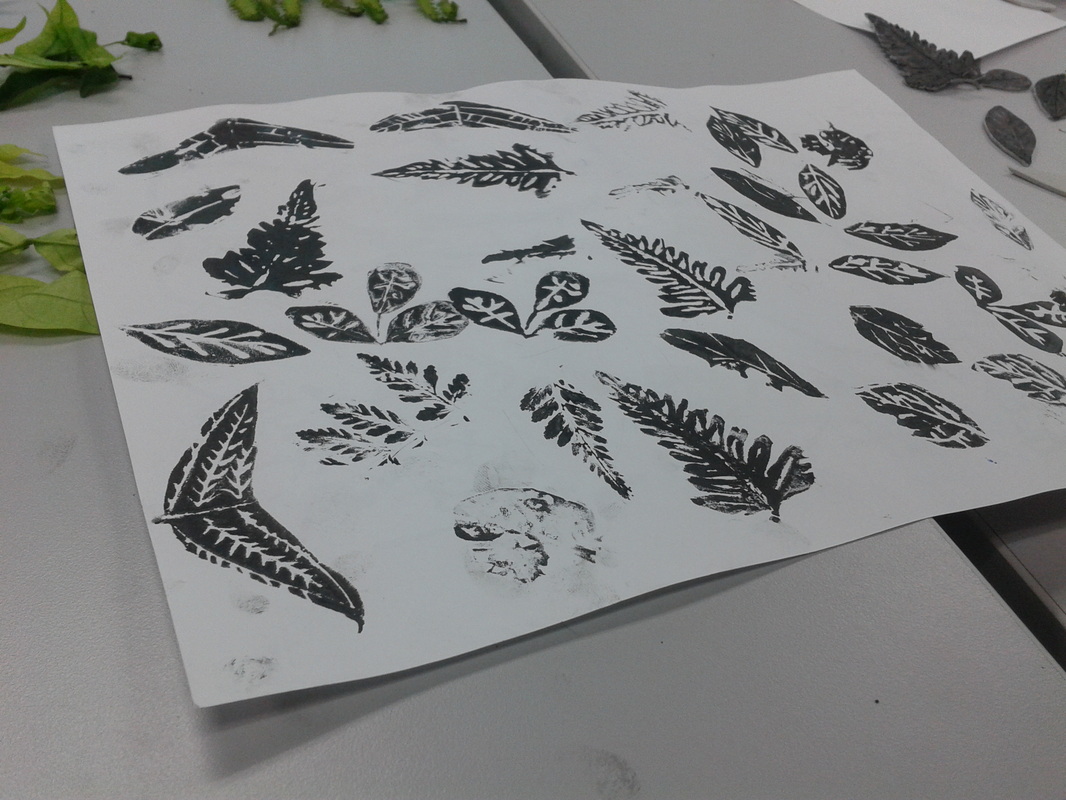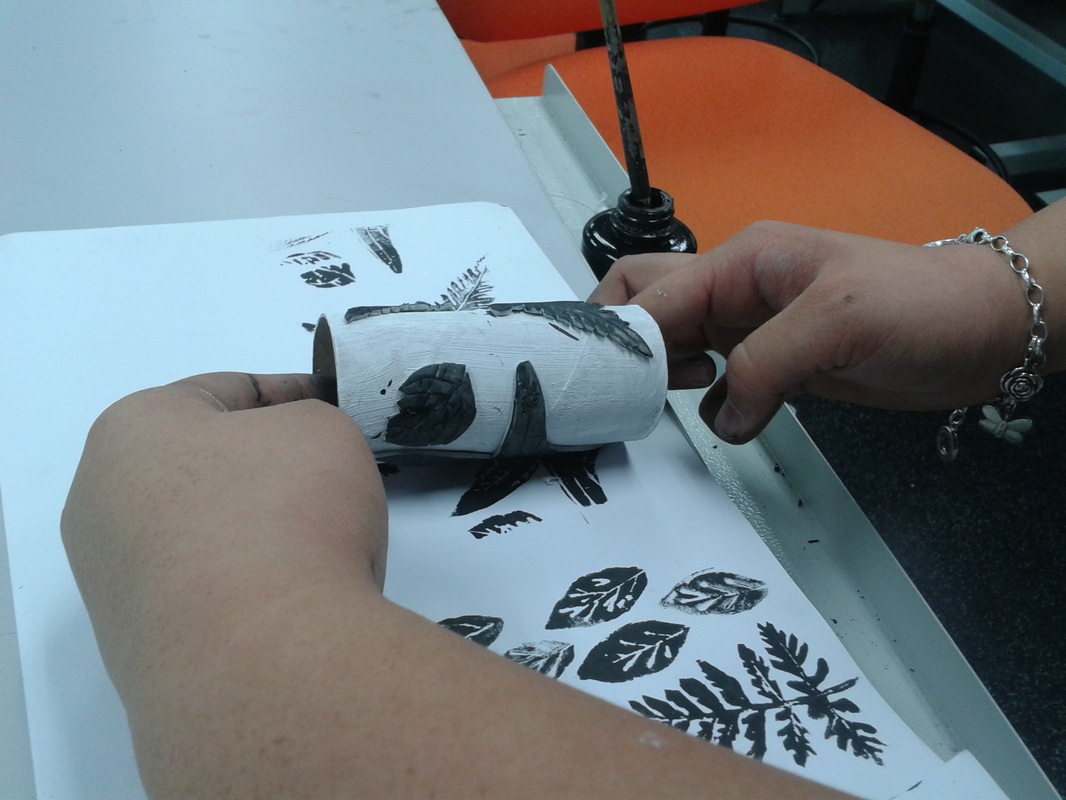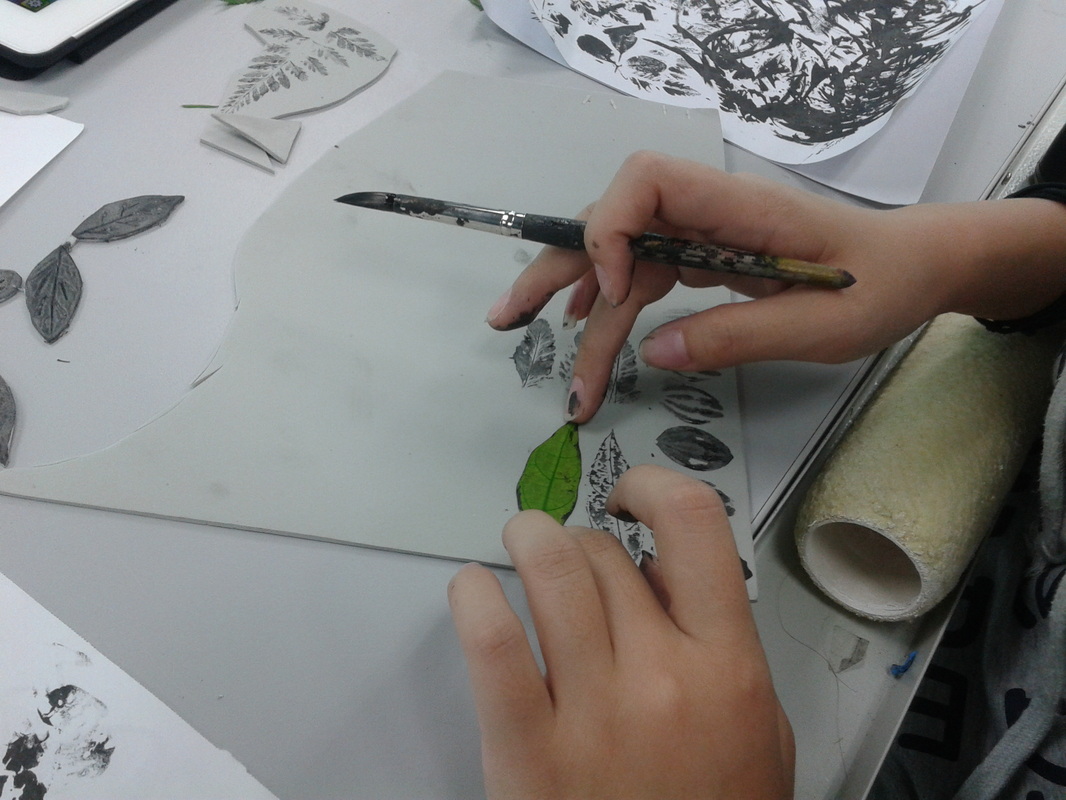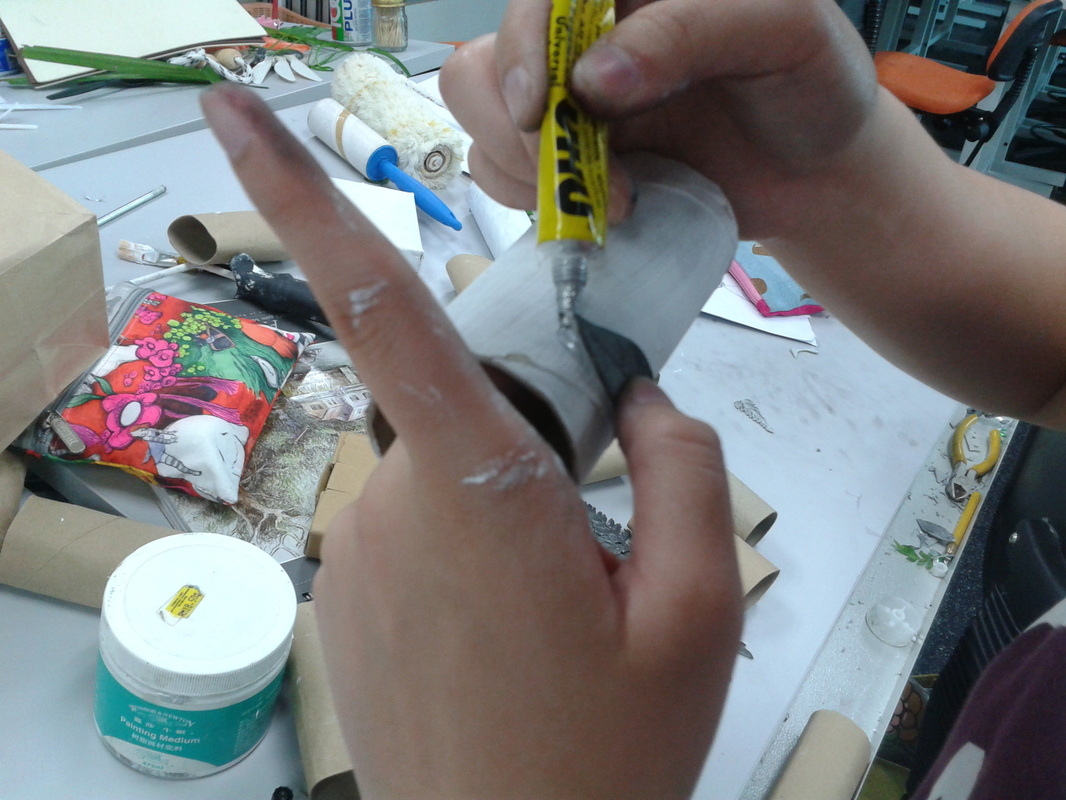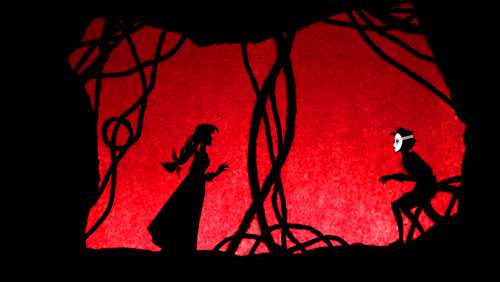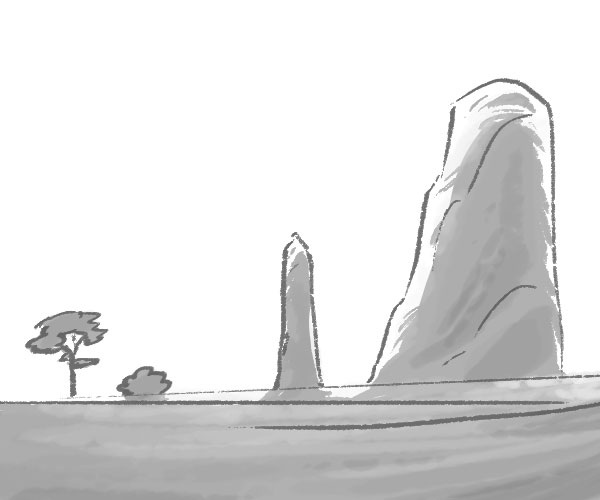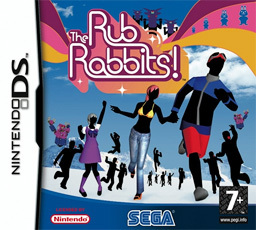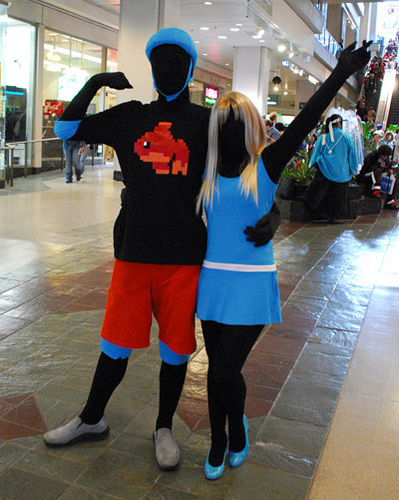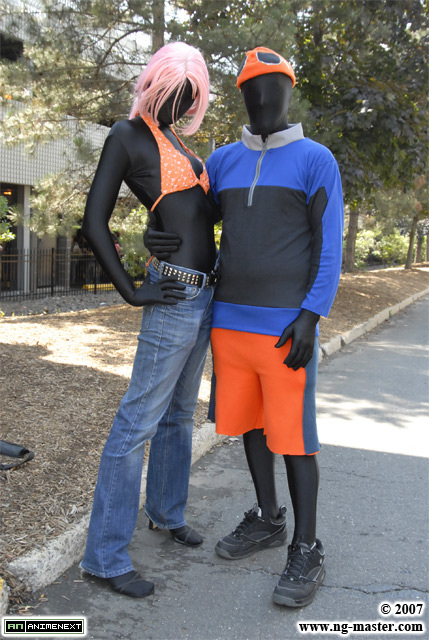Now I shall present to you our Final Product for 2D Design..
Here we have a 'DIY Homemade Roller!!'
The process can be easily read and understand if you follow left to right. Picture worth a thousand words yes?
T U T O R I A L
Materials :
- toilet rolls
- paint roller
- craft foams (available at arts and crafts store)
- super glue / UHU glue
- blade
- gesso (can be substituted with white acrylic)
- chinese Ink
1. Pick out any leaves you desire and would like to use in your wallpapering idea.
2. Kick start yourself by collecting unused but useful materials such as toilet rolls, paper box and etc. To ensure your roller hardens and does not change shape as easily, brush some gesso and coat a few layers. As gesso are pricey you can always coat with acrylic instead. Gather the other materials as well !
3. Carefully coat the leaf with the Chinese ink and press it down onto the craft foam so that you get the texture imprinted onto it.
4. After that, cut out the shapes carefully, emphasizing on the details of the leaves to leave a more intriguing and delicate texture.
5. Test out your cut outs to make sure you have your desired shape!
6. When you're satisfied, you can glue your cut out on the roller and test run the rolling again and voila you are done!. You can now attach your roller onto a paint roller!
We can use shapes and color to convey emotion.
Colors have intrinsic associations with real world things, and these are mostly universal and very ‘primal’ - fire, sun, water, night.
Round shapes are perceived as safe, welcoming, organic; spiky, pointed shapes imply danger, action, excitement; horizontal shapes are stable and calm; vertical shapes are exciting, giving a sense of movement or scale; diagonals imply motion, change and dynamism.
Remember how we used Molly Bang’s visual retelling of the Red Riding Hood story to demonstrate some of those principles?
Size - does RRH feel less powerful in the woods if we make her smaller?
Shapes - more pointy triangles makes the wolf a great deal more menacing than a curvy wolf.
Values - which is more scary, a forest in broad daylight, or at twilight?
Horizontal and vertical shapes together don’t imply much motion. It’s a pretty calm scene in here:

But add in diagonals and all of a sudden:
Values are how dark or light something is on a black to white scale. It’s a common rule of thumb in illustration that if you plan an image that reads well using only three or four values (black, grey, white) (black, near black, near white, white), most of the time it will continue to read well after you add color to it.
Where do you put different objects in an image? There is ‘gravity’ in pictures - we associate the top of a picture with freedom, lightness, while objects near the bottom of a frame are perceived as stabler.
Silhouettes are images of an object that are filled it with a solid color and whose edges are the outline of the object as we would have seen it in space. We read silhouettes before we read any details, and our minds fill in any missing information. A clear silhouette will ensure what your audience is able to quickly grasp whatever you are trying to show them, so if your goal is clarity, position the elements in your image such that a clear and distinct silhouette for the focal elements can be seen. Especially in animation, when characters are only in a specific pose for a very short duration, they need to read clearly to the audience.
source.
This is my silhouette story, I have followed the Japanese Manga Style panelling, which is read from right to left. The left side is the 1st page and the 2nd page is on the right.
As you can see I have used the idea of silhouette based on a NDS game I have played before named "Rub Rabbits"
Its extremely cute AHAHAH
I really love the concept and that was why I used it in my silhouette idea.
I will now begin my story. The title of my story is "Peace" which in a way means what kind of peace? a feeling? I remember a friend of mine and I shared and created this story together because we were fond of doing so. So I hope my message passes through on the true meaning of the comic.
A boy takes a route he never took before to school, and never had he noticed in his lifetime a bridge by the corner of the road. There however stood a elderly lady, who seemed panicky and lost. Out of empathy he went over to ask her if she needed any help.
The lady replied with a point over the bridge, and says she is afraid of going the alone, fearing that she will fall. She seemed like she really needed to get past there so he offered himself to help her pass. Carrying her on his back he carefully stepped past the shaky bridge onto the opposite side. Carefully setting down the lady, he smiled. The lady seemed happy and thanked him over and over. He could not get why was she so happy so he dismisses himself and hurriedly went off to school.
A few days have passed and he no longer need to use the pathway, but on sudden remembrance he asked his friend about the bridge. His friend appeared puzzled and asked in return.. what bridge? He got confused and decided to go there and see by himself and prove to his friend about this. He went back there and to his surprise he sees a run down and broken bridge. Tall grasses covered the place, as if it was never touched for a long long time. He walked closer and noticed a small stone hidden behind the tall grasses. He kneels to see what it was. His eyes widened as he sees a picture of an elderly woman whom he have met a few days ago, and she was smiling sweetly in the picture, exactly like how she did to him. He then knew, he helped her cross the path, to peace.
"it was a few decades ago when an elderly woman was passing through the very bridge, when the ropes snapped and came down falling."
So in my context, the peace meant.. rest in peace.
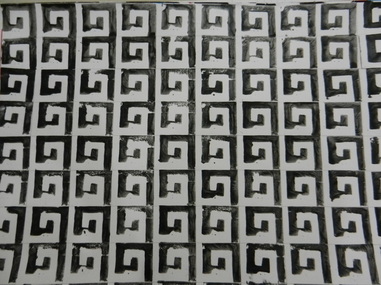
Tessellation in Figure & Ground.
Motive : Alphabets (G)

Tessellation in Closure
Motive : Knives

Tessellation in Proximity
Motive : Fruits (pineapples!)
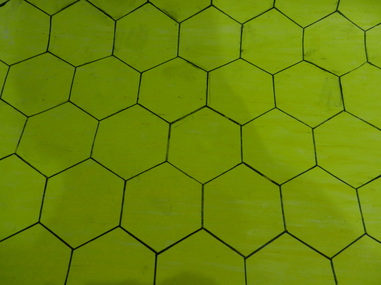
Tessellation in Similarity
Motive : Sweet Smelling (Honey..comb.)
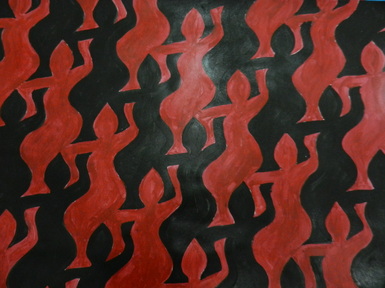
Tessellation in Continuity
Motive : Dance (Fiery Dance)
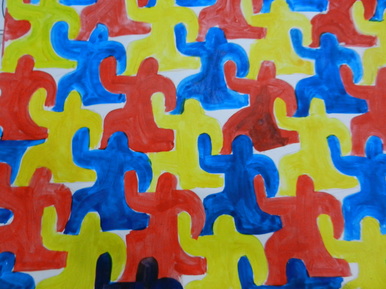
Tessellation in Alignment.
Motive : Running
THAT IS ALL /liesdown/
awh hell no, dreaded paper cutting i swear--
These are the paper cuttings I did based on the Principles of Design \ o /
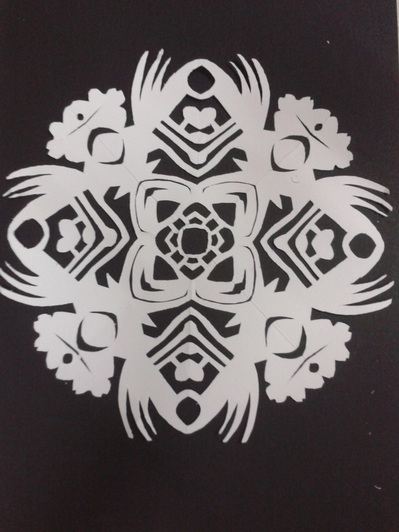

Asymmetrical design is typically off-center or created with an odd or mismatched number of disparate elements. However, you can still have an interesting design without perfect symmetry.
(missing piece - did this on computer instead to fill up)

If the center is what you first look at in this picture, you have just seen the DOMINANCE effect : )
as DOMINANCE is about the focus given to a part of a work of art.
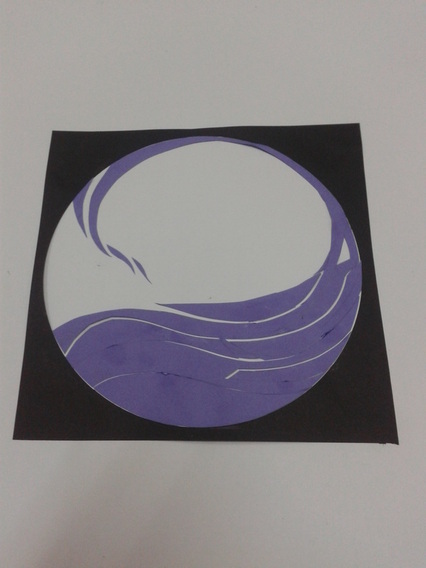
Rhythm or repetition is the expression of visual harmony within a design.
It is expressed here by repeatedly creating crescent lines in a circular motion, to produce a wave.
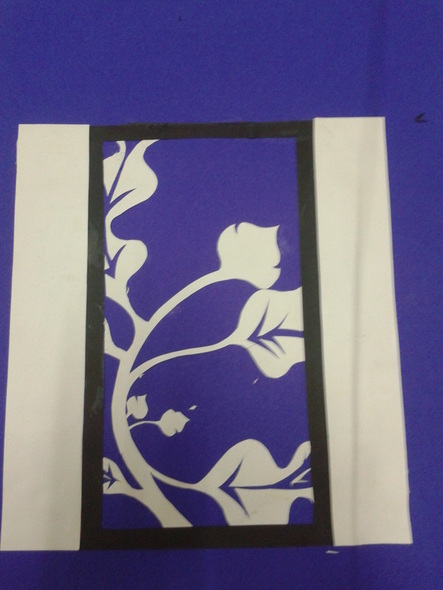
Motion or movement in a visual image occurs when objects seem to be moving in a visual image.
The leaves has been carved out to make it look as if its moving, almost creating an illusion of being blown by the wind ;)
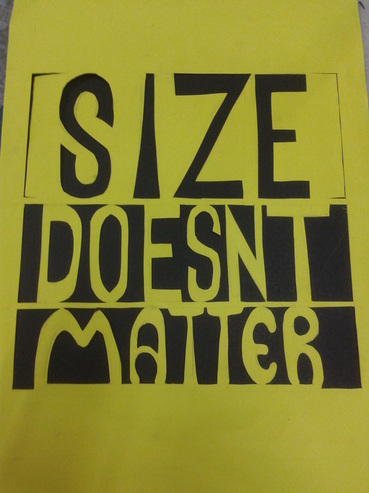
Hierarchy is the order of importance within a social
group (such as the regiments of an army) or in a body
of text (such as the sections and subsections of a book).
Hierarchical order exists in nearly everything we know,
including the family unit, the workplace, politics, and
religion. Indeed, the ranking of order defines who we
are as a culture.
< As you can see, the hierarchy of the size is made.

Repetition in nature is a common sight, from schools of fish to forests of trees, patterns of leaves to spores on a mushroom. The important thing to notice with natural repetition is the presence of variation.
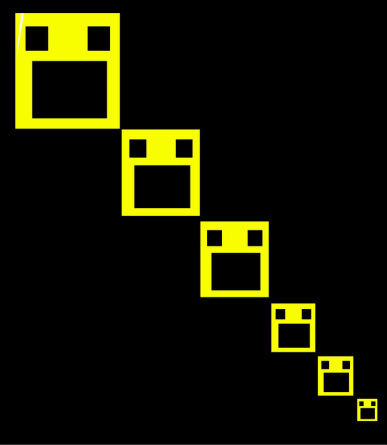
Scale is the size of an element as it relates to its usual physical size.
